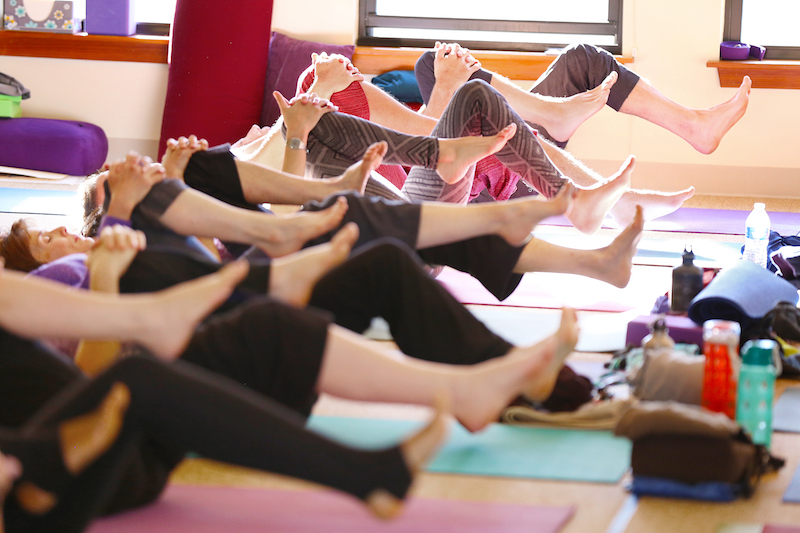What is Viniyoga?
Part Four – The Art and Science of Sequencing
“A well-conceived sequence is the key to an effective practice.”
— From Yoga for Wellness by Gary Kraftsow
In Viniyoga, we talk a lot about a personal practice because it speaks to to the very definition of Viniyoga. The Sanskrit root of “vini” connotes adaption and the the word “yoga” derives from the Sanskrit root “yuj”, meaning “yoke”, as in a yoke for oxen. So, in building a yoga sequence for yourself or anyone else, you are adapting various yoga tools to your individual condition in order to yoke or bring together the parts of your being: mind, body, spirit. You can only truly understand these tools with a personal practice.
When building a yoga sequence, there are three main considerations:
- Which posture/breath
- Appropriate adaption of posture/breath
- Order and role of the posture/breath
Let’s look at an example. You (a dancer) and your friend (an engineer) want to create an energizing morning practice you can do together. As a dancer, you are flexible, but your friend sits at a desk on the computer and telephone all day and often has low back pain. You have a calm personality but your friend is very driven and drinks a lot of coffee. An energizing morning practice will probably include some strong physical postures and some energizing breathing practice. How will this practice affect each of you? As we Viniyogis like to say, “It depends.”
Some other factors that will influence your relationship to your yoga practice are: a) the time of day you practice, b) the time of year and c) your time of life. A yoga sequence that might work well in January may not suit in August, just as a morning practice should have a different energetic effect than an evening one. And obviously, there would be a vast difference between a yoga sequence for school children versus one for seniors. As an example, if you are a middle-aged woman struggling with hot flashes, you may want to rethink your after-work, rigorous yoga routine during the hottest months of the summer.
Finally, when putting together a sequence, consider that it should be:
- Elegant
- Efficient
- Effective
If you have followed these monthly blog posts, you have learned about the four basic tenets of Viniyoga:repetition & stay, function over form, breath & adaption, and the art & science of sequencing. In our final blog post for this month, we will talk about a hot topic in the yoga world today: the difference between yoga and yoga therapy. Until then!
Viniyoga Professional Training
New teacher training sessions begin in April 2018! Contact our Student Advisor.

